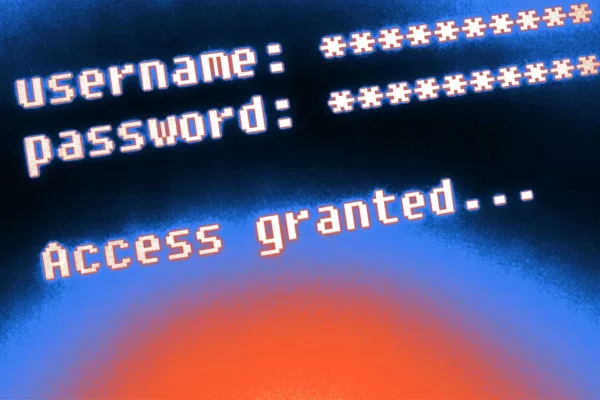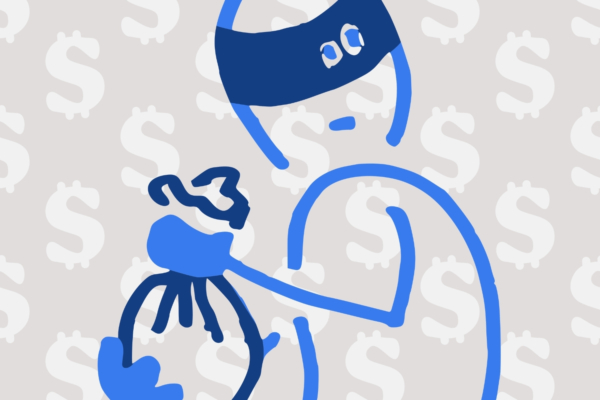
Venmo Scams: What They Are and How to Protect Yourself

Payment apps like Venmo are an incredibly convenient way to send and receive money. You can transfer money almost instantaneously—no more last-minute trips to the ATM to get cash to pay back your friends and family members, or waiting days for a bank transfer. But that convenience comes with its own risks. Venmo scams are becoming increasingly more commonplace as criminals come up with new ways to prey on users to steal money.
To protect your financial and personal information, it’s important to be aware of common Venmo scams. Here, we’ll review some of the most frequent scams employed by criminals, as well as tips for what you can do to protect yourself when using your Venmo account.
“Accidental” Payments
One of the most popular scams on Venmo may at first appear to be completely innocent. In this scenario, a stranger may send money to you, then contact you to say the money was sent in error. Usually, they’ll ask you to send the money back as a new payment.
While this might seem like a legitimate error, it’s usually a scam. The fraudster likely sent the money using a stolen credit card or bank account number, and any money you “return” to them will go to the criminal’s personal account or card. Then, once the person whose information was originally stolen reaches out to their credit card company or bank to reverse the charges, the stolen funds will be removed from your account.
How to Protect Yourself
The easiest way to protect yourself from this scam is to only send money to people you know. If a stranger pays you or reaches out to you, the first thing you should do is contact Venmo’s customer service so Venmo can reverse the payment. You should also block any users who send you unsolicited payments or requests for payment.
Quick, Easy Money
Offers to make cash fast are a classic scam that has made its way into peer-to-peer payment apps. When a criminal uses this tactic, they may ask you to send them a small amount of money, say $100, while recruiting others to participate in the scheme. In return, they promise to send you a much larger sum, perhaps $1,000, at a later date. The logic behind the transaction is that once you get more people to join this cash exchange circle, you’ll eventually wind up at the “center” of the circle, receiving money from all of the people you’ve recruited.
This type of scam is known by many names—pyramid scheme, money circle or cash wheel—but no matter what you call it, it’s a scam. Once you send the money to the requester, they’ll collect your money and never pay you back.
How to Protect Yourself
If an offer seems too good to be true, it probably is. To avoid losing money, never send a Venmo payment to anyone you don’t know and contact Venmo with information about the user requesting payment. By flagging a bad actor, you’ll help protect others on the app as well.
Selling to Strangers
This scam involves a fraudster asking you to provide them with your product or service without paying you with legitimate funds. To do so, they may send you forged Venmo emails that make it appear as if they had already sent you payment. The fake email may claim that they’ve sent the payment, but it will only deposit in your account upon receipt of the goods or services. Venmo does not actually provide any feature for holding funds, and it should be an immediate red flag that the transaction is not above board.
How to Protect Yourself
As with any online interaction, always do your best to research the legitimacy of the person or organization you’re interacting with. In this case, be aware that Venmo will only send you emails from an account ending with “venmo.com”. Additionally, you should only sell things to strangers on the platform in situations that are in accordance with Venmo’s user agreement.
Phishing Scams
Phishing scams on Venmo may take many forms, but the most common are:
- Fake Prizes or Cash Rewards. You might receive an email with a link from the scammer saying that you’ve won money from Venmo. To access your award, you have to click on the link and enter in your Venmo login credentials. They’ll then collect your login information and hijack your Venmo account.
- Fake Calls from Venmo. A scammer may try to access your account by pretending to be Venmo support. In this scenario, the fraudster may try to exploit Venmo’s two-factor authorization process by claiming there have been some recent transactions on your account that appear to be unauthorized. In order to confirm they’re speaking with the owner of the account, they’ll ask you to share the code sent to your phone. Once they have that code, they can access your account and drain the funds.
- Fake Tech Support Calls. You may try to contact tech support at a well-known company, but instead end up contacting a scammer. In exchange for the tech support they’ll provide, they may ask you to send money via Venmo to another account.
How to Protect Yourself
Phishing scams are insidious, but you can protect yourself with some simple steps:
- Never login to your account outside of Venmo.com or the Venmo app.
- Always double check the social media handles and emails of any user claiming to be Venmo to ensure they are legitimate
- Never, ever, provide a verification code sent to your phone to anyone
- If looking for a technical support number, search directly on the company’s website rather than through a search engine. And beware of any requests to pay for tech support, which is almost always free.
Transfer Payments with Confidence
By keeping these Venmo scams in mind, as well as the ways to combat them, you can confidently enjoy the convenience of sending and receiving payments almost instantly. But keep in mind, it’s important to stay up-to-date on common payment scams and tactics to protect your personal and financial information—no matter what platform you use to send and receive funds.
Become an Amplify Member
Every Amplify account holder enjoys fee-free banking. That means no overdraft, maintenance, or other banking fees cutting into your pocket.


